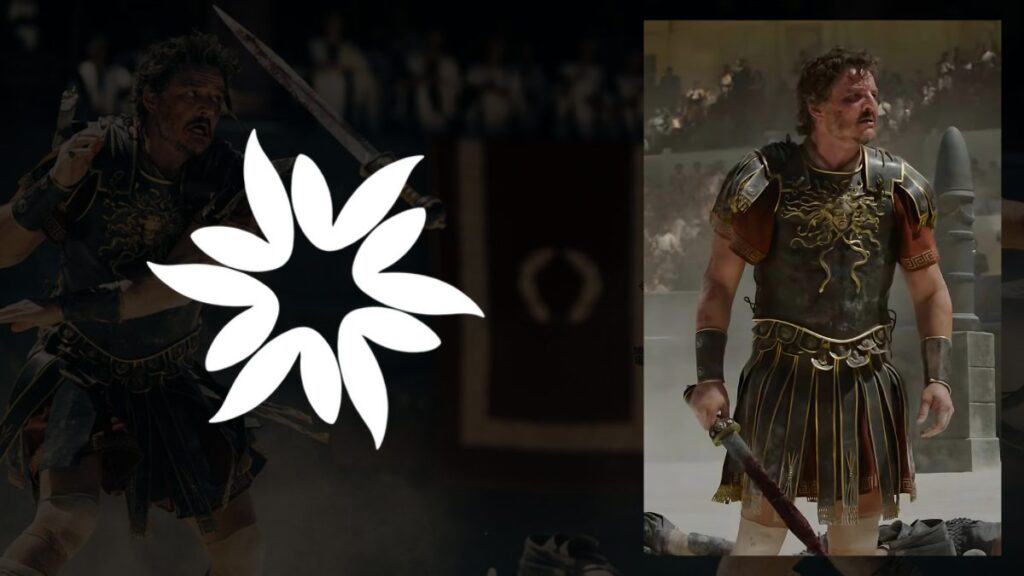Studio Ghibli’s movies frequently feature strong female characters that resonate deeply with queer audiences, despite a lack of explicit LGBTQ+ representation.
Here’s a brief history detailing why the studio’s films strongly appeal to the LGBTQ+ community.
Key Takeaways
- Despite minimal explicit representation, Studio Ghibli films have a huge queer fanbase, resonating deeply with LGBTQ+ themes of identity, belonging, and transformation.
- Ghibli’s strong, non-conformist characters like Ursula, Moro, and Howl have become queer icons, celebrated for their individuality and outsider status.
- While past films have nuanced queer subtexts, the future holds potential for more explicit LGBTQ+ representation in Studio Ghibli's works.
The Enigmatic Appeal of Studio Ghibli to the Queer Community
Studio Ghibli’s films, known for their rich storytelling and beautiful animation, have captivated audiences globally for over four decades.
These films often feature a blend of child-like wonder and mature themes, including environmentalism, religion, and Japanese history.
Intriguingly, Studio Ghibli has also garnered a considerable queer following, despite a general lack of overt LGBTQ+ representation.
The appeal to queer audiences can be partially attributed to Ghibli’s portrayal of strong, independent female protagonists who — while not explicitly queer — embody qualities that resonate with gay audiences.
Characters like Kaguya from The Tale of the Princess Kaguya and Nausicaä from Nausicaä of the Valley of the Wind are revered for their courage and resilience, qualities many in the LGBTQ+ community find inspiring.
Queer Icons and Hidden Narratives in Ghibli Films
Studio Ghibli subtly includes characters that have become queer icons, often highlighted by the queer community’s adeptness at identifying with or rooting for “secret” queer characters.
For example, Ursula in Kiki’s Delivery Service represents a free-spirited artist who helps Kiki realize her potential, symbolizing a queer mentorship.
Similarly, the portrayal of Moro, the Wolf Goddess in Princess Mononoke, voiced by Akihiro Miwa —a renowned drag queen and LGBTQ+ pioneer in Japan — adds a layer of queer significance to her character, emphasizing themes of chosen family and outsider identity.
Challenging Gender Norms and Embracing Queer Identities
Ghibli films often explore themes that resonate with the queer experience, such as transformation, identity, and the rejection of societal norms.
Characters like Nausicaä and the shape-shifting raccoons of Pom Poko challenge traditional gender roles and identities.
Moreover, Ponyo, inspired by The Little Mermaid, portrays a transformation that aligns body and soul in a narrative that echoes transgender experiences. This highlights the journey towards self-acceptance and the importance of a chosen family.
Despite these profound connections, Studio Ghibli has faced criticism for lacking explicit LGBTQ+ representation.
Films like Tales from Earthsea and When Marnie Was There present opportunities for queer storytelling, yet they fall short of providing clear queer representation.
Conversely, Ocean Waves subtly depicts a potential romantic relationship between two male characters. However, it concludes with a traditional heterosexual resolution.
The Future of Queer Representation in Studio Ghibli Films
Studio Ghibli is approaching a new era. Even with Hayao Miyazaki’s repeated retirements and comebacks, there is growing hope and discussion about the potential for more explicit LGBTQ+ representation in future films.
This anticipation builds on a legacy of films that, while often coded, have provided a framework within which queer themes can flourish.
Until then, the LGBTQ+ community finds deep significance and comfort in Studio Ghibli’s films, drawing on their themes of belonging, identity, and resilience.
Through these narratives, Studio Ghibli not only crafts a sanctuary for misfits but also champions the essence of living authentically as oneself. After all, this is what helps queer viewers around the world resonate with such films.
















